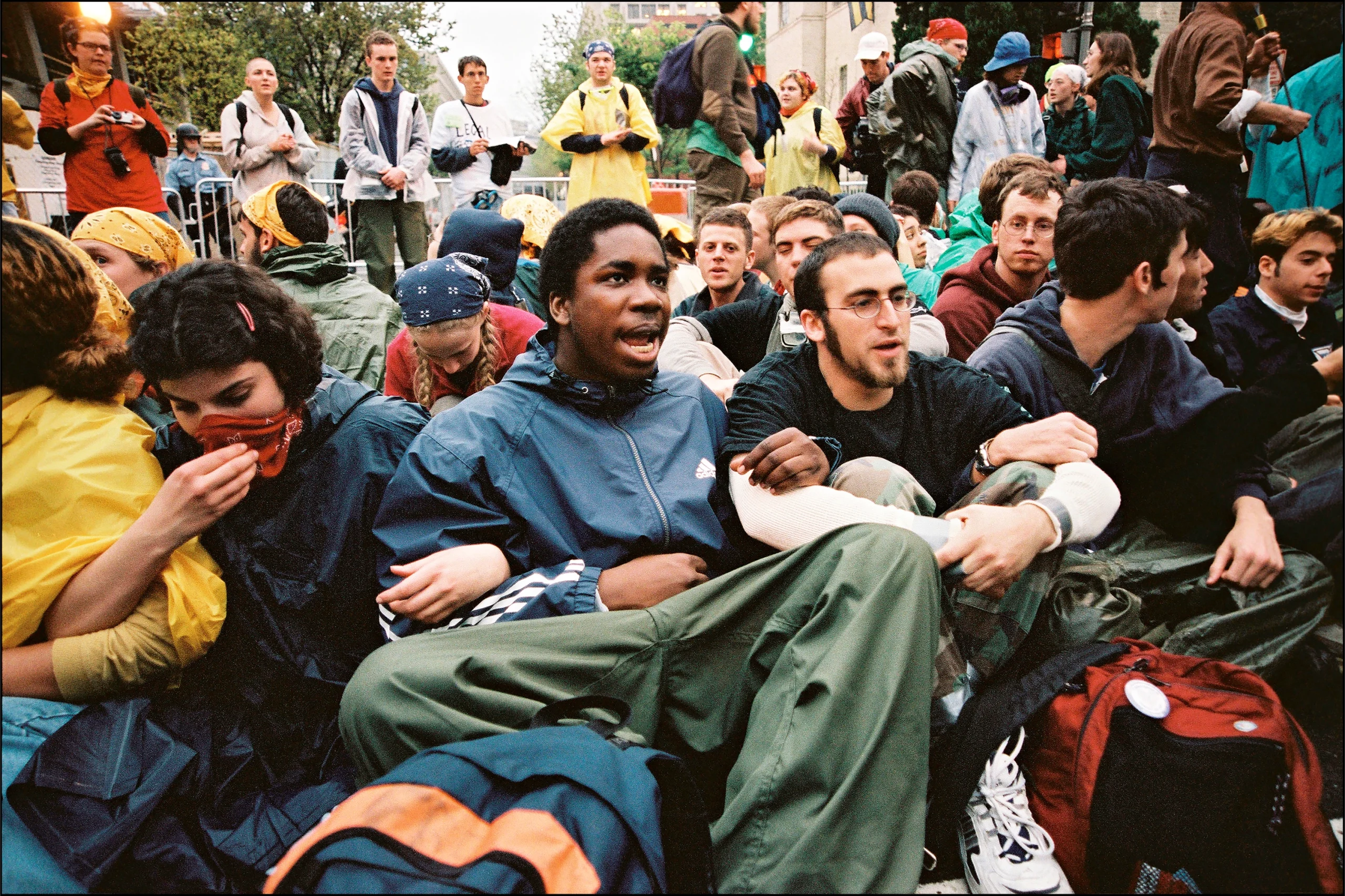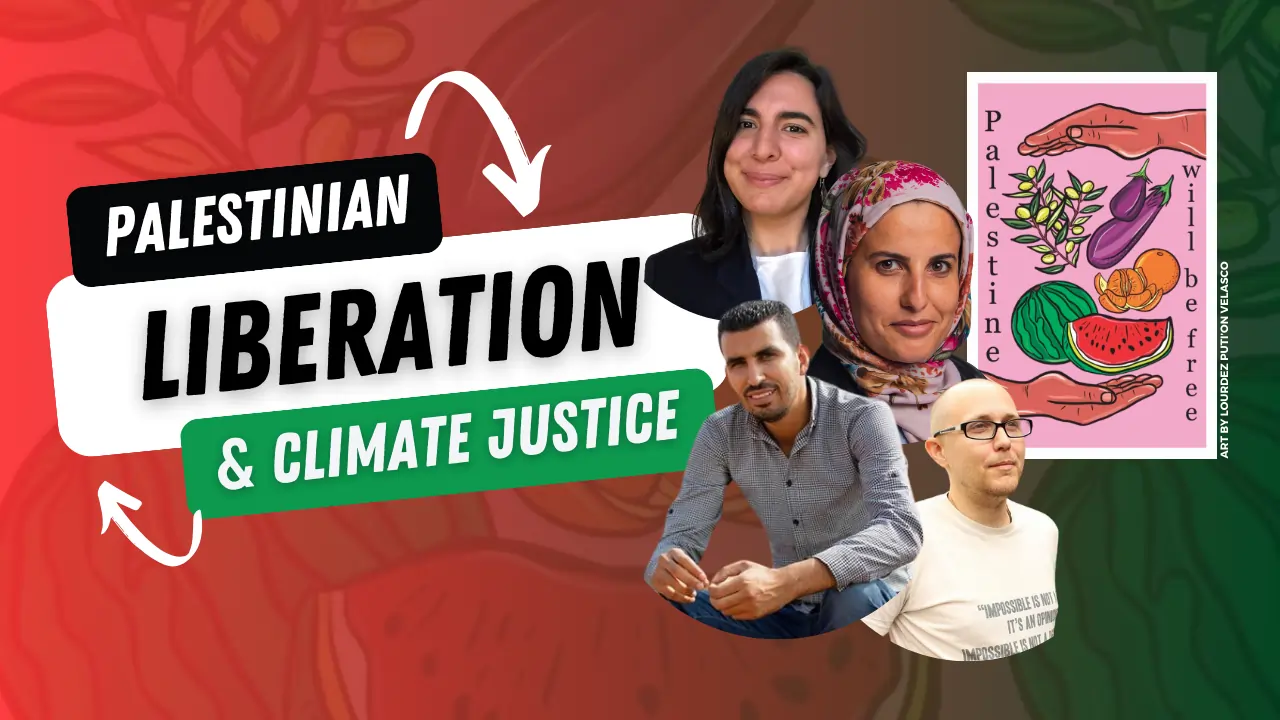California’s Global Warming Solutions Act, AB32, mandates targeted Greenhouse Gas reductions statewide; an important component of AB32 is its controversial reliance on market mechanisms, such as Cap and Trade, which will allow California companies to buy offset credits from participating domestic and foreign agencies. To this end, in November, 2010, Governor Schwarzenneger signed a Memorandum of Understanding with the states of Chiapas, Mexico and Acre, Brazil for the world’s first subnational Cap and Trade agreement that uses the newly forming mechanism known as REDD, or Reducing Emissions from Deforestation and Forest Degradation.
The U.N. defines REDD as “a mechanism to create an incentive for developing countries to protect, better manage and wisely use their forest resources, contributing to the global fight against climate change. REDD strategies aim to make forests more valuable standing than they would be cut down, by creating a financial value for the carbon stored in trees. Once this carbon is assessed and quantified, the final phase of REDD involves developed countries payingdeveloping countries carbon offsets for their standing forests.”
On its face, the idea of “reducing emissions from deforestation” sounds good. But while the major multilateral institutions, including the UN, the World Bank, and many large environmental organizations, support REDD, many forest-dependent communities, environmental justice advocates, Indigenous organizations, and global South social movements see REDD as a way for industries in the North to continue polluting, and for forest communities in the Global South to be evicted from or denied access to their lands.
In late March, Global Justice Ecology Project made a fact-finding trip to Chiapas to investigate how the REDD program is being manifested there. What we found was a complex web of economic development projects being imposed on campesino and indigenous communities without any semblance of free, prior, and informed consent. Among these projects is a renewed government effort to delimit Natural Protected Areas in the Lacandon Jungle, in order to generate carbon credits, in order to meet the requirements of the REDD program.
Not surprisingly, there is a long and complex history of conflicts over land in this region, including many cases of indigenous peoples being forcibly removed from territories they see as their home, either because they originated there or because they settled there with no other place to go. Now, as the REDD program implementation begins, the government of Chiapas is paying some indigenous communities to protect natural forest reserve areas (specifically the Lacandon Community Zone which includes a UNESCO-world heritage site, the Montes Azules Biosphere Reserve), to the detriment of others, who are being forcibly evicted, or are under threat of relocation. As has been documented in other parts of the world, the REDD Program, in both intention and in operation, divides communities and breeds conflict.
One of the communities under threat right now in Amador Hernández. When we visited this community – a four-hour hike into the jungle from the nearest road – we were able to learn exactly how the REDD agreement is affecting them, as you will see in the Action Alert and letter that follows.



